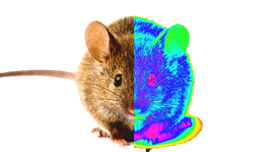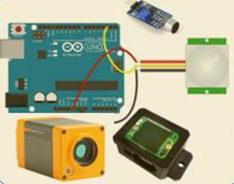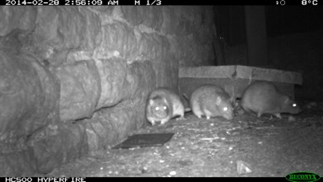SPY-miCE [SPYCE] – An IoT smart sensor-trap station to monitor rodent

Problem Statement:
Across the world billions of dollars of damage are attributed to rodents, resulting in them being classified collectively as the biggest animal pest in the world. Rodents cause substantial reductions to food production, water supplies, and the economy. They display a wide range of alimentary preferences, which often include grains, fruits and vegetables, thus making them major agricultural pests. Rodents may eat and spoil large quantity of food. In some regions, they are also known to attack trees and other crops when they can’t find water, e.g., Carob trees for they are deep rooted and ‘pump’ water from very deep.
The goal of this project is to build the sensor-trap station (SPYCE) to record rodent movement and collect data from a variety of sensors in their natural habitat (indoor and outdoor environments). The SPYCE will be part of broader sensory systems(radar/motion sensors) used for behavioural analysis and impact monitoring of rodents using the computer-guided models. The prototype will be delivered to Municipality of Nicosia(/CYENS), Cyprus, who will be involved in this project and supervise the students.


Task:
The main task of this assignment is to build a low-powered, low-maintenance and low-cost sensor-trap prototype with following requirements.
Requirements:
- RGB&IR camera in a 3D printed sensor-trap station (SPYCE).
- An PIR sensor to trigger the camera recording.
- An ultrasonic audio sensor to record the rodents’ ultrasonic vocalizations (USV).
- GPS module, temperature/humidity sensor to log the location and environmental parameters.
- Sensor data logging locally and on cloud.
- A web-application to connect to multiple SPYCEs and visualise the data recorded by the SPYCE.
- Low powered, low maintenance sensor-trap.
Work:
15% Theory, 30% design and implementation, 30% coding, 10% validation/evaluation, 15% Writing
Contact:
Chirag Padubidri: c.padubidri@cyens.org.cy
Andreas Kamilaris: a.kamilaris@utwente.nl
